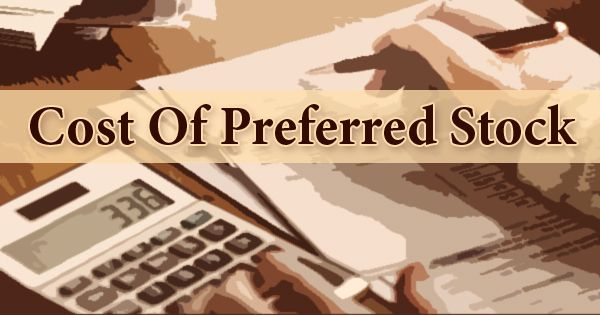Introduction
What you need to know about preferred stock? In many ways, publicly traded companies represent the pinnacle of economic equality. It costs the Sultan of Brunei and the local plumber the same amount to open an E*Trade Financial Corp. (ETFC) account, so anyone with access to the internet can buy as many shares of, say, CSCO as they like. There are occasions when businesses specifically target investors who like regular, predictable payouts. The corporation could issue bonds to accomplish this goal, even though doing so carries a few drawbacks.
Investors may be put off by a firm's decision to issue bonds because it may indicate the company needs immediate cash. To attract investors, you need to figure out how to give them a stake in the company while also promising them a stable income stream. Using preferred stock combines elements of both bonds and common shares. (Here's a primer on preferred stock if you're interested.) Preferred and ordinary stock differ in key ways, but the distinctions are important. Dividends are distributed to preferred shareholders, a key selling point for the security. However, dividends are not required to be paid out on common shares.
Becoming Rare

Few large, dividend-paying corporations issue preferred stock. Companies that don't pay dividends on common stock are rather uncommon. Common stock and preferred stock are both dwindling in popularity. It has been speculated that for every dollar in preferred stock, there are eighty dollars in common stock trading hands in the United States. In reality, financial institutions issue over 88% of all preferred shares. The continued effects of the 2008-2009 financial crisis and bailouts are to blame. Unlike oil and semiconductor businesses, banks have a greater requirement for preferred stock as an asset on the balance sheet.
Better During Bankruptcy
Now suppose the publicly traded corporation collapses. Bondholders will be paid before other creditors in the event of company liquidation, which makes sense, as they are the company's creditors and provided financial aid to keep it viable. If money is left over after bondholders are paid in full, preferred shareholders get it. Only then do the typical stockholders get settled, if at all. As a result, preferred stock is just that: preferred.
Other distinctions exist between preferred and common stock. The latter group may be called at any time by the firm. On May 17, 2016, we will exercise our right to repurchase these shares from you. Preferred stock is often convertible to common stock at a set rate. If you do that, you'll be trading stability for increased risk and the chance of higher returns. I've had it with the theory. Let's pretend you were interested in purchasing preferred stock. Where would you begin assuming you decided to follow the plumber's example and open a brokerage account?
How to Purchase Preferred Stock?
Preferred stock is traded on exchanges like common stock, providing investors easy access to accurate and up-to-date pricing information. The one catch is that not all corporations issue preferred stocks, which means the market for them is very tiny, and liquidity is low compared to common stocks. Preferred stocks can be found on the market from financial institutions, utility and real estate businesses, insurance providers, and investment trusts.
Checking the credit ratings with Moody's or S&P is a must before investing in the preferred company shares since they have the relevant data. Then, it would help if you thought about things like yields, convertibility, and callability. It is strongly suggested that you first double-check all the information, including the services you desire and the ones you receive. The easiest strategy to limit the risk is buying through a mutual fund or an ETN. Everyone who puts money into stocks wants to feel secure while still having access to the lucrative potential of the stock market. That's why many articles on the best upcoming IPOs and the finest stocks to buy today.

Conclusion
Preferred equities have a shorter learning curve and lower risk than other intermediate and advanced assets. Preferred stockholders have more protection from insolvency than common shareholders. In such a case, do they merit your financial support? Please remember that most preferred owners are institutions that stand to gain little and lose much by investing in anything riskier than a bond or bond equivalent. Preferred stock purchases are often made when an investor has amassed a sizable investment capital. One was likely brought about by purchasing common stocks when they were underpriced.




